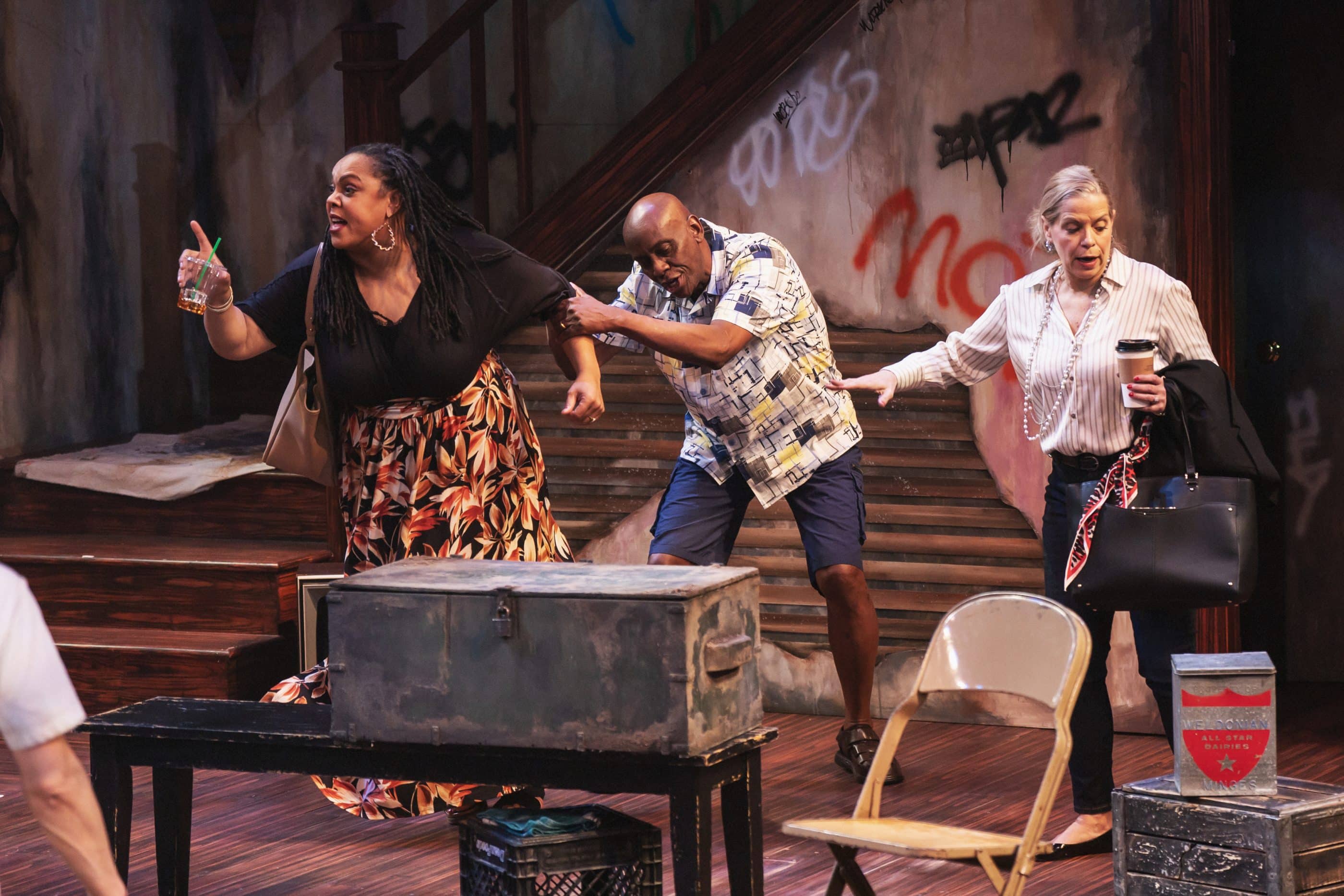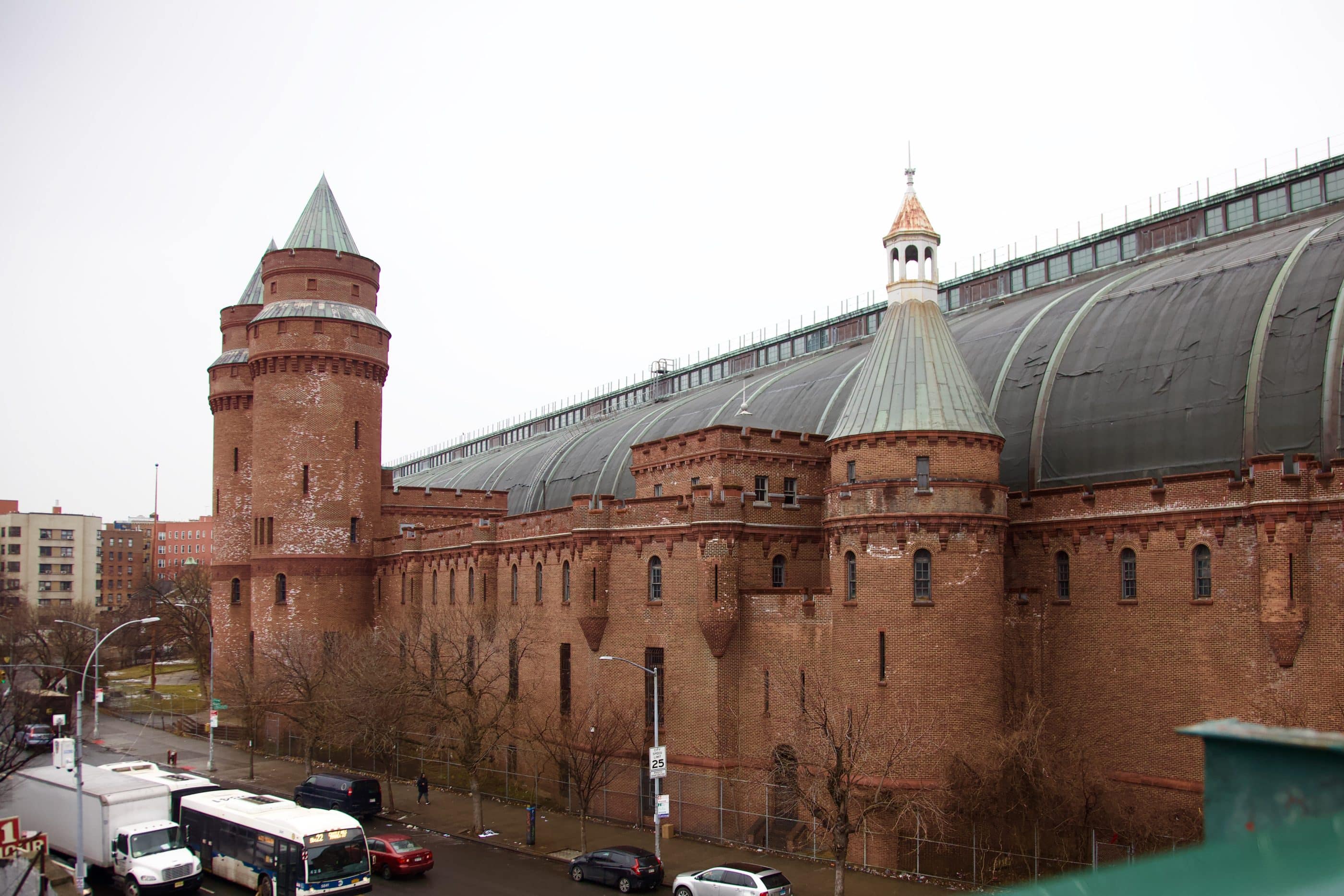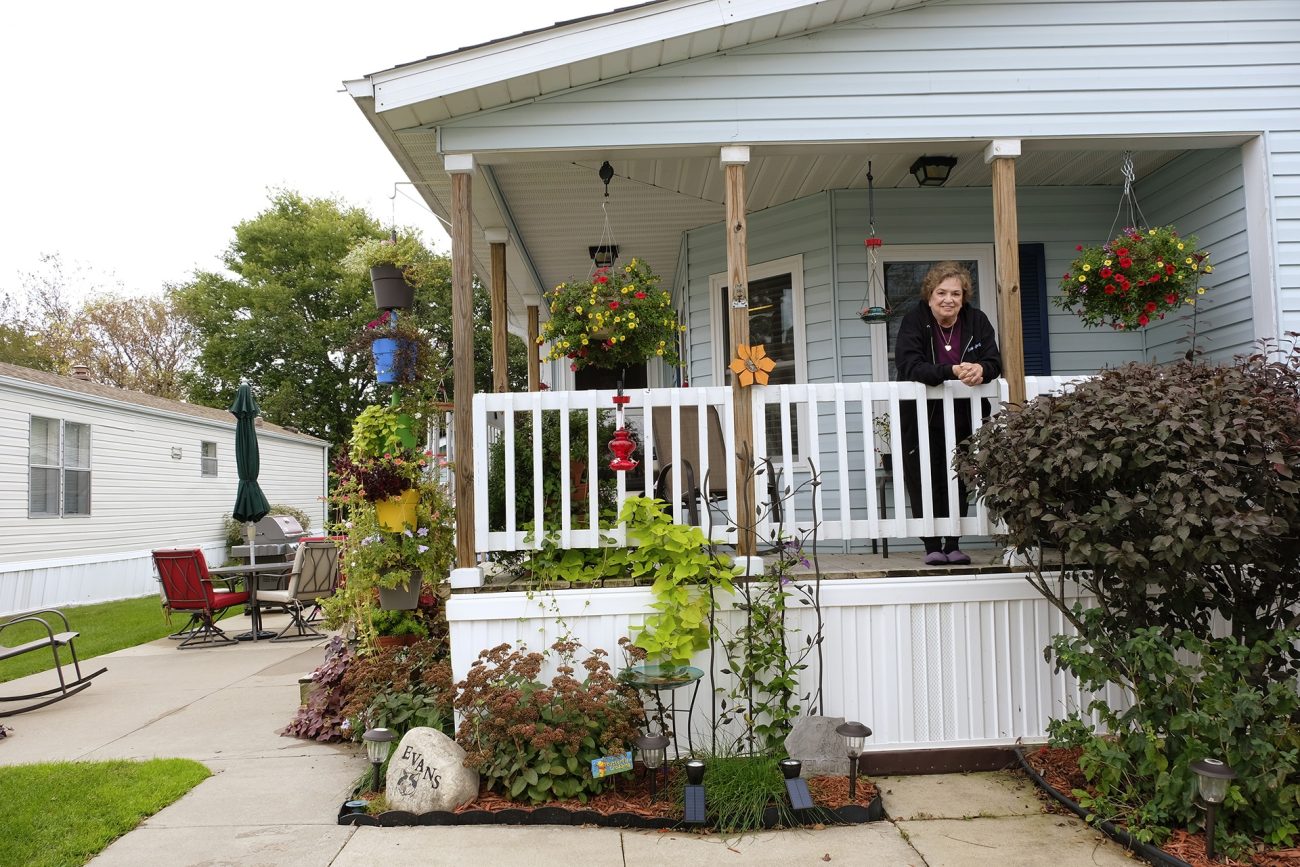The goal of transit-oriented development (TOD) is vibrant, walkable neighborhoods centered around public transit hubs. At Smart Growth America, we work to reduce car reliance, promote sustainability, and enhance quality of life. But these same improvements can lead to gentrification and displacement unless we work proactively to keep people in their homes.
A recent report by the National Institute for Transportation and Communities sheds light on these dynamics. Between 2010 and 2019, areas surrounding transit stations in 42 metropolitan regions made up 20 percent of the regions’ new jobs and households despite constituting less than 1 percent of the urbanized land. Notably, this growth was driven predominantly by non-white individuals and households led by people under 65.
The report shows that transit-oriented development attracts diversity, but the analysis also raises red flags about affordability. Median household incomes in light rail and streetcar transit station areas rose up to 9 percent faster than in surrounding regions—a hallmark of gentrification, where rising property values and living costs displace long-time residents in favor of more affluent newcomers. The study didn’t find a change in income around commuter rail transit and bus rapid transit stations.
Consider Seattle’s Capitol Hill neighborhood. Once a haven for artists and other low-income residents, Capitol Hill is now one of the city’s most desirable areas, thanks to its proximity to light rail stations and downtown amenities. Property values have risen in recent years, pricing out many original residents. Similarly, expansion of the MAX light rail system in Portland, Oregon, spurred development but drove up housing costs in adjacent areas.
In the course of direct work that Smart Growth America has conducted for many cities, consistent with other research, we have found that rail transit expansions can cause nearby home values to increase about 15 to 25 percent higher than they would have otherwise risen. While this is small in comparison to other economic impacts, the increase is still notable. It’s a double-edged sword: It raises city revenues and increases homeowner equity but can also push people out.
What Can We Do?
Not all transit-oriented development ends in broad-scale displacement. Arlington, Virginia’s Rosslyn-Ballston corridor, served by the Washington, D.C. Metro’s Orange and Silver lines, exemplifies TOD done right. Proactive zoning policies and affordable housing initiatives in the ’90s and ’00s have enabled Arlington to prevent accelerated displacement while fostering economic growth and reducing car dependence. Once auto-centric, the corridor is now vibrant, walkable, and livable, with median income approximately in line with its broader region.
Preventing transit-oriented development from displacing residents requires that we enact robust policies to protect vulnerable populations and encourage the creation and preservation of affordable housing. Inclusionary zoning is one effective tool, mandating that developers include a percentage of affordable units in new projects. Denver’s Regional Transit-Oriented Development Fund offers another model, preserving or creating thousands of affordable housing units near transit stations.
San Francisco’s Small Sites Program is another example. By providing funding to nonprofits to acquire and maintain affordable rental housing, the program ensures that increased housing costs do not displace low-income residents. Tenant protections and rent control measures can also stabilize communities and keep people in their homes.
But housing policies alone won’t suffice. Meaningful community engagement is crucial to ensure that development projects reflect the needs and desires of existing residents. Involving community members in the planning process from the beginning can help planners identify possible negative outcomes and develop strategies to mitigate them.
Transit-oriented development’s ability to create inclusive, sustainable, and economically vibrant communities must not be ignored. However, decision-makers must ensure that new developments do not exacerbate inequities for the people who already call these communities home. As we move forward, it is essential to keep the needs of diverse populations at the forefront of TOD planning. Policymakers must strike a balance between encouraging development and protecting affordability, ensuring that the benefits of TOD are shared by all residents, not just the affluent ones.
Investing in TOD represents a pivotal opportunity for cities to enhance livability and sustainability. But the path forward requires simultaneously uplifting two priorities—development and equity. It’s a challenge worth undertaking and a test of our urban imagination and our commitment to creating cities that work for everyone.




In our area there will 1100 homes destroyed creating 1100 families to be refugees from their community and will now become the Shadowland ghetto. In forcing home owners out I have calculated the NSW Govt will gross some $1.2 Billion in Stamp Duty. In replacing these homes with High Rise Concrete Kennels the home owners (most have lived here 30-40 years) will have to sell in large groups to meet the onerus conditions placed upon their properties. The waiting time for those who can escape is a minimum of 2-3 years. It is expected this slow moving cancer will take 10-15 to completely wipe out our community. For those who are unable to sell will be encompassed by buildings that reach up to 185m.
AS the Town planners so aptly put it to the residents – “When we change the colours on the map there will be winners and losers.” – The govt have no concern for the welfare of our community – they will not even return our correspendence. At least they have a lazy $1.2B to address the depression and suicides that this will certainly blight our community.
And they will have poorly built kennels for people from outside of Australia – no impact upon the so-called housing crisis. The Govt have synically made these rules and could not give a toss if the kennels are in fact built it is just electioneering fo rthe brain dead.
Cheers Barge